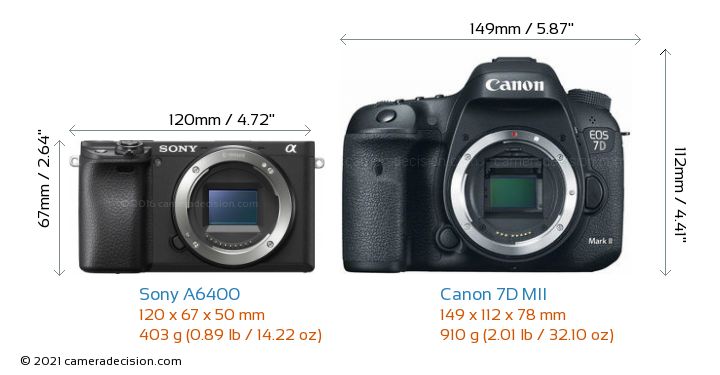My parsing of the
@Canon Rumors Guy post:
This is a rumor about an RF mount APS-C camera to "take the place of the Canon EOS 7D." It's not about other possible APS-C bodies in the RF mount. So, there is really no point in discussing other options in this thread.
Wow! Canon conducts actual market research instead of listening to forum experts who confidently predict that the market is (take your choice) a) huge or b) non-existent.
If true, this probably means we are quite a ways out from seeing an actual product, even if they decide to proceed. Makes sense, as Canon already has enough bodies in the pipeline for 1-2 years anyway (R3, Entry level R, R cinema, R5 s, R1). The good news then is that forum experts will be able to opine on this topic at least through 2022 and maybe even through 2023. Yay!
If correct, this means that Canon has not yet decided what they want to do with the EOS M line. "Unknown" for those who are definition deficient, means a state of uncertainty. As in, no decision has yet been made.
I don't see this as a significant revelation. Of course there is no need for a specialized RF-S mount. RF bodies automatically adapt to the image circle of the lens. EF-S lenses were needed because you could not physically fit a Canon crop sensor lens on a full frame body without hitting the mirror. (You could, however, fit some third party lenses if you didn't mind the vignetting.) If Canon wanted to make lenses for crop sensors, they would not need to change anything, as the lenses would simply crop on a full frame body, just as adapted EF-S lenses currently do. So, I see this as simply stating the obvious.
Depending on what Canon ultimately decides to do with crop sensor bodies in general for the RF mount, I don't see them releasing a body without at least a couple of crop lenses.
My added two cents:
I think time is the enemy of an R7. The 45mp of the R5 already yields a very adequate 1.6 crop. The 100-500 (if Canon ever delivers them) along with the 600 and 800 f11 lenses already cuts into the "reach challenged" market. The release of an R5s would cut into the R7 market even more.
Then there is the pricing. I must assume that part of Canon's research is to determine a price point for an R7. What's the most they can charge for an R7 and still get people to buy one. My guess is that it has to come in under $3,000, but that's just my guess. I can already hear people whining that it should cost $2,000. Dream on. If Canon's research shows they can only get $2,000 for the body, it don't think it will get developed.

